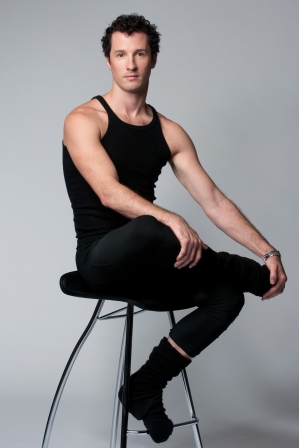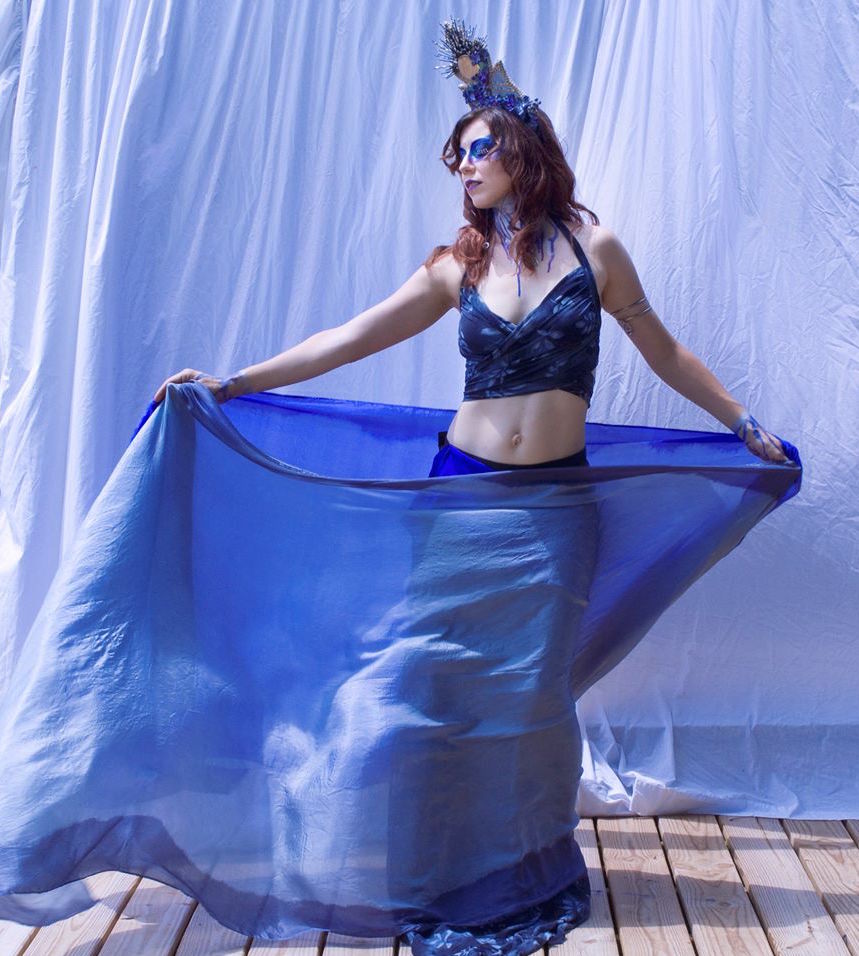Photo: Sam English
Swan Lake
Music by Pyotr Ilyich Tchaikovsky
Choreography by Robert Curran
A review by Keith Waits
Entire contents are copyright © 2021 by Keith Waits. All rights reserved.
Robert Curran isn’t playing around. If the first production back in the Brown Theatre needed to be an astonishing, bravura masterpiece, he has more than delivered.
Am I getting tired of celebrating the return of Louisville companies to live performances? Perhaps. The unfortunate circumstance of a pandemic being what it is, it is inevitable that we do so, but let us also take the moment to reflect on the great treasures afforded us in this city that were largely unavailable to us. There are many, but the Louisville Ballet certainly is a jewel in that crown.
The company did perform on the Central Park stage this past summer as a part of the Kentucky Shakespeare Festival. As good as that was, it was but a prelude to this return to the main stage; a bold new Swan Lake from Robert Curran.
Incredibly, I have never seen a production of Swan Lake, although it is surely one of those cultural icons that everyone knows a little about, and the white-clad ballerina “swans” of tradition have lived in the realm of cliche and parody for generations.
As swans, those white costumes for the corps de ballet are here replaced by form-fitting leotards in colors that approximate the skin tone of each dancer. It is an especially thoughtful touch; beautiful and subtle in visual effect, it also emphasizes the growing diversity in the company.
The narrative is one of a man, Siegfried (Mark Krieger) who is pulled between the obligations of reality, arranged marriages for political expediency, and the fantasy vision of the swan-like Odette (Natalia Askikhimina). Like many folk tales, it illustrates the struggle of humanity to reach a higher level of achievement, to soar spiritually and emotionally instead of submitting to the mundane.
Yet there are moments when it feels as if Siegfried has lost himself in delusion and torment, and Swan Lake is ultimately a tragedy. Curran works with a dark palette thematically, stripping away much of the poetry of classical movement and investing his choreography with a wide range of modern sensibilities; stately formalism for the scenes at the court of Siegfried’s mother, the Queen, a light, contemporary aspect to the swans, and even some cool jazz sexiness that conjures thoughts of Bob Fosse for Lexa Daniels’ turn as the Spanish Princess.
Emmarose Atwood is such a delight as The Jester, an impish figure rendered with so much cheeky, irreverent humor that she almost steals every scene in which she appears. Her work here is a sterling example of acting through movement.
It helps that the diminutive Atwood plays off of Mark Krieger’s height. Siegfried spends extended periods observing from the side, and Krieger’s noble profile is regal and impenetrable enough to hold such a static position. Make no mistake, he is given plenty of opportunities to dance and act with impact, but Krieger also knows how to play the stillness to equal effect. Brienne Wiltsie is imperious and domineering as the Queen.
Finally, Natalia Ashikhimina was ethereal and incandescent as Odette. The fluidity and grace of her performance were breathtaking at times, and instead of the effect of a human form taking flight, she gave the appearance of a creature whose relationship to terra firma is tenuous, as if she was grounded only by the force of her will and love for Siegfried. Curran gives her the moves, including some lifts with Krieger that emphasized her lighter-than-air quality. At the peak of each lift, there is an instant of hesitation just sharp enough to suggest that her body would continue upward if Krieger didn’t pull her back.
In lieu of a “normal” set design, Curran enlisted Ryan Daly and Garrett Crabtree to build a laser array that frames the story with abstract pulses and sweeping beams of color extending over the audience. It was dazzling and inventive, and the clearest signal that this is not your grandmother’s Swan Lake. Jesse Alford’s lighting illuminates the action without conflict with the lasers, and he makes the most of side lighting offstage. Aside from the aforementioned custom-colored leotards, costume designer Tiffany Woodard echoes the unorthodox approach. For example, blocky blue two-piece garments that would seem anathema for dance, loose-fitting black robes with the heads completely covered, and brazenly open-front skirts.
Swan Lake is classic long-form ballet, and there are times I longed for it to be a leaner, more economical narrative that would match Curran’s bracing contemporary vision. By framing it within the modern-day psychological context of anxiety and isolation he invites us to identify with the story in new and meaningful ways.
This production has two different casts for principal roles. Some performances will not feature the cast listed here.
Swan Lake
Thursday, November 11 at 7:30 PM
Friday, November 12 at 7:30 PM
Saturday, November 13 at 2:00 PM
Saturday, November 13 at 8:00 PM
Louisville Ballet
Brown Theatre
315 West Broadway
Louisville, Kentucky 40202
Louisvilleballet.org
Keith Waits is a native of Louisville who works at Louisville Visual Art during the days, including being the host of LVA’s Artebella On The Radio on WXOX 97.1 FM / ARTxFM.com, but spends most of his evenings indulging his taste for theatre, music and visual arts. His work has appeared in LEO Weekly, Pure Uncut Candy, TheatreLouisville, and Louisville Mojo. He is now Managing Editor for Arts-Louisville.com.





